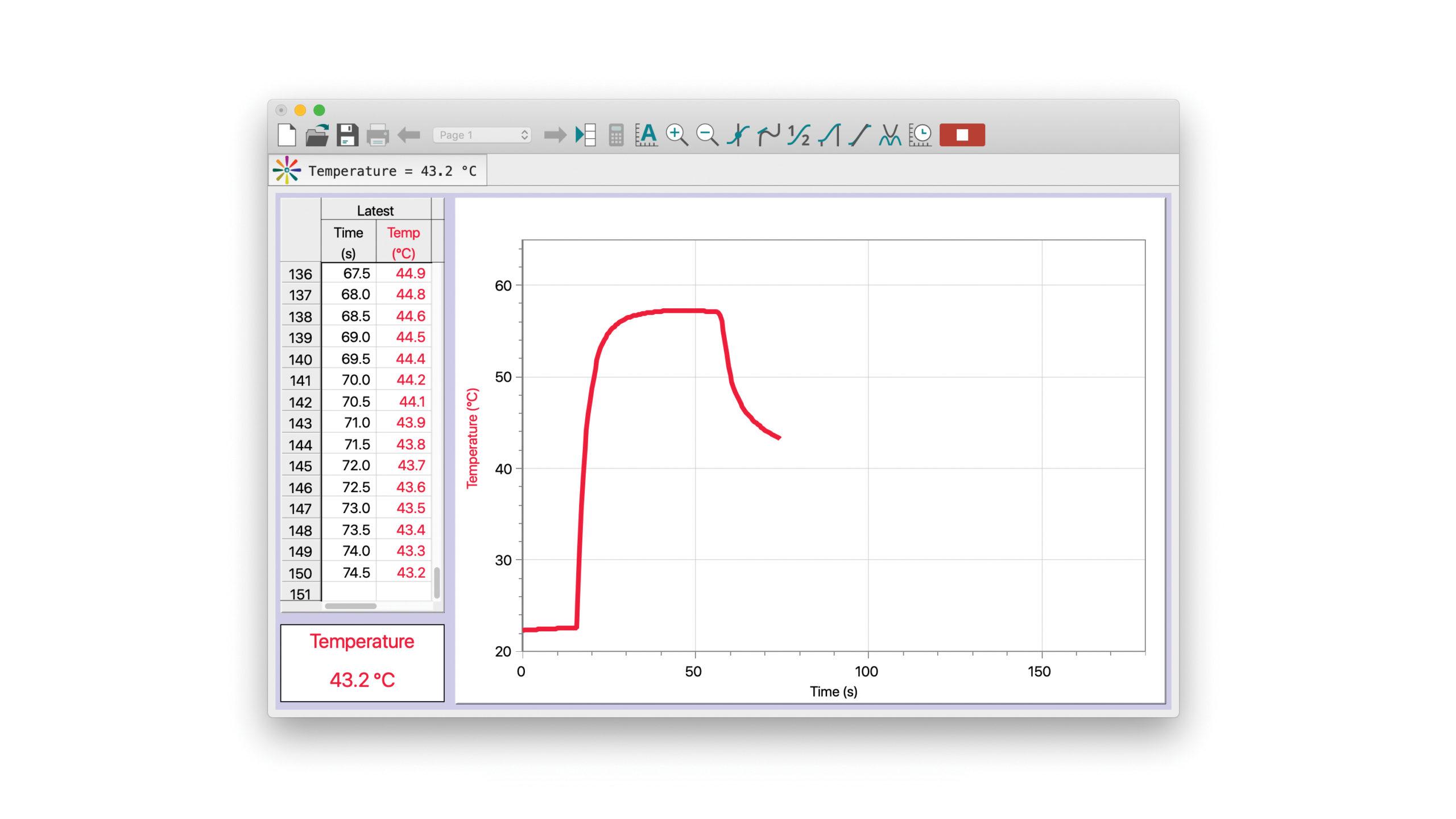Introduction
If a spring is not compressed or stretched too much, it should obey Hooke’s Law. According to this Law, if an additional force, Fy, acts on the spring then the change in the spring length, y, will be directly proportional to that force. The spring constant, k, for a Hooke’s Law spring is defined as the constant of proportionality that relates the two variables, so that Fy = ky. We have created a digital movie that shows a spring clamped to a rod so its top end cannot move. The movie actually consists of a series of still “photos” showing the spring stretching as more and more mass is added to its bottom end.
Objectives
In this activity, you will
- Verify Hooke’s Law for a spring and determine its spring constant, k.
Sensors and Equipment
This experiment features the following sensors and equipment. Additional equipment may be required.
Ready to Experiment?
Ask an Expert
Get answers to your questions about how to teach this experiment with our support team.
- Call toll-free: 888-837-6437
- Chat with Us
- Email support@vernier.com
Purchase the Lab Book
This experiment is #16 of Physics with Video Analysis. The experiment in the book includes student instructions as well as instructor information for set up, helpful hints, and sample graphs and data.


